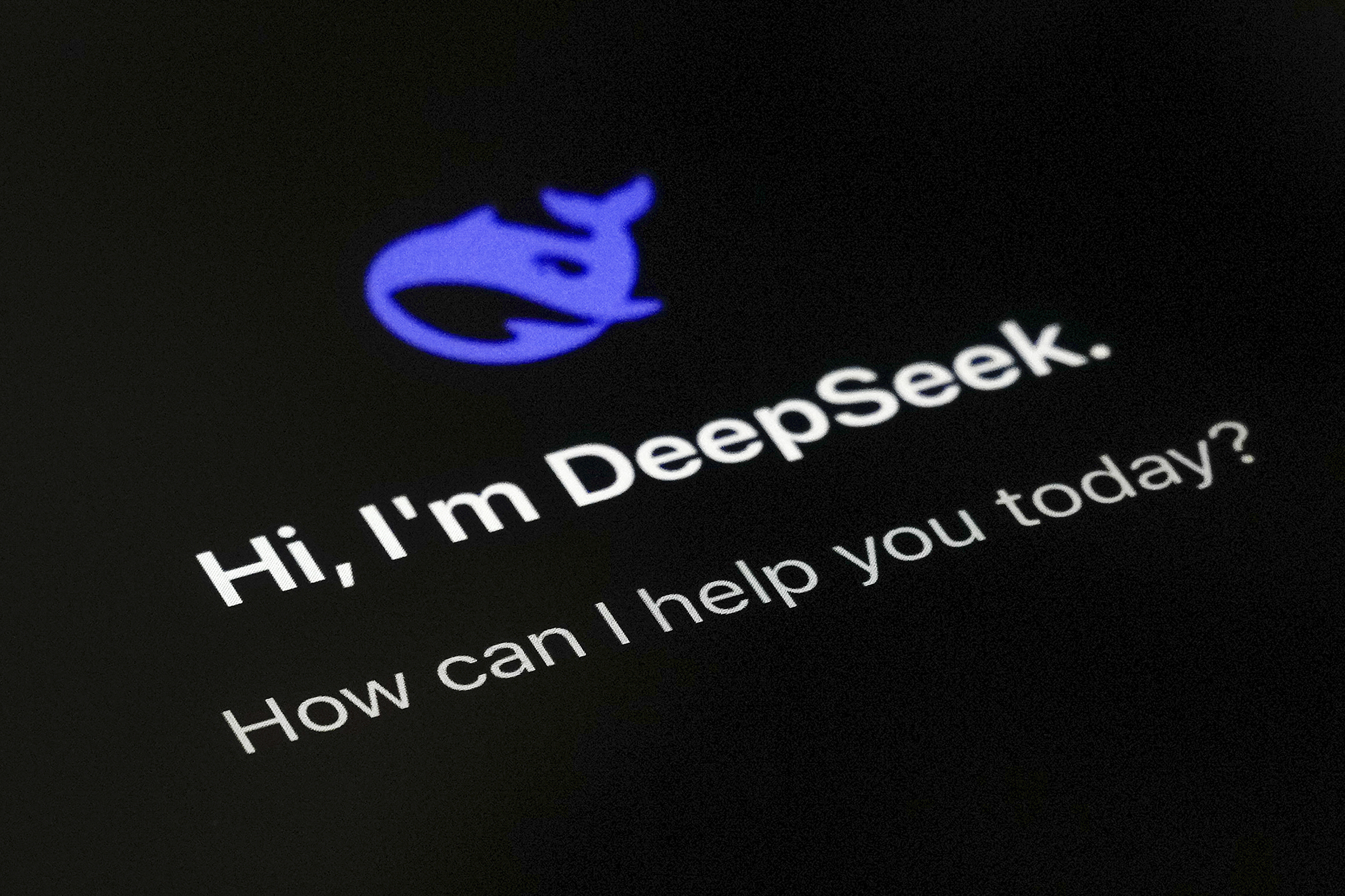Three years ago, amid the Chinese government's regulatory crusade against the tech titans that had helped drive the rampant growth of the Asian giant, the magnates of these companies kept a low profile for a while, staying away from the public eye. Some, like the emperor of e-commerce, Jack Ma, founder of Alibaba, had ceased to be untouchable after decades of having a free rein to launch projects under fairly flexible rules.
Every March, thousands of delegates from the Chinese Communist Party (CCP) hold a large annual meeting to validate reforms already approved in advance by the party's top leadership. Parallel to this meeting is the Chinese People's Political Consultative Conference, the main advisory body. The elite of billionaires from major tech companies used to parade through here, such as Jack Ma and his main competitor, Pony Ma of Tencent, or Robin Li, CEO of Baidu, the Chinese Google. But for several years, these names no longer participate in this gathering of personalities who guide the policies of the communist leaders.
Their seats have now been taken by younger executives and engineers from two key industries for the future of the second world power: semiconductors and artificial intelligence. Both are priority fields to achieve the desired technological self-sufficiency amid trade wars with the United States, which has been trying to stifle its rival's technological development for years with numerous controls on exports of the most advanced chips and restrictions on cooperation in AI or quantum computing between US and Chinese companies.
In addition to opening the doors of the advisory club to AI scholars, the CCP's Politburo, the top leadership body made up of 24 party bigwigs, now includes for the first time five scientists who had successful careers in various sectors - from aerospace to nuclear energy - before rising through political ranks.
In the context of the growing fight for global technological supremacy, President Xi Jinping reiterates that China must strengthen its innovation capacity, control critical technologies, and ensure that its supply chains are not vulnerable to US sanctions. All of this was part of a project launched almost a decade ago and dubbed "Made in China 2025".
Yu Jie, Senior Research Fellow on China at the think tankChatham House, explained it well in a report: "The goal of this initiative is to achieve a large-scale modernization of China's manufacturing capabilities, reducing the production of basic consumer goods to increase its export of high-end technological components. As part of this, a key purpose is to ensure that the country is a self-sufficient global leader in 10 strategic sectors of innovation. This initiative caused panic in the US and marked the beginning of the technological war."
Yu explained that, however, while US competitors continued to launch revolutionary applications worldwide in AI, Chinese companies started the race behind due to censorship and strict state regulations, compounded by Washington's restrictions on the most advanced semiconductors and the equipment to manufacture them. In the end, to avoid falling behind, Beijing had to step up.
The launch of ChatGPT in 2023 was the trigger for the Chinese regime to begin relaxing its tight control over the tech sector. The government established a new technology commission to which it transferred many competencies that had previously fallen under the Ministry of Science and Technology. The Ministry of Education also approved over 450 universities to offer specialized undergraduate degrees in AI. But the push was mainly in 2024 when regulators approved dozens of AI models for public use. The purpose, say Beijing officials, was for the country to become the global leader in AI by 2030.
The overwhelming emergence of DeepSeek, the low-cost AI with which China has challenged the dominance of current sector leaders, is proving to be a turning point for an industry amazed by China's ability to develop an advanced, free, cheap, and open-source chatbot, despite all US restrictions. Experts say that DeepSeek-R1 performs reasoning tasks at the same level as OpenAI's GPT-3 and is open for researchers to examine.
A few days after the Chinese AI phenomenon that shook the markets, the giant Alibaba unveiled its new AI model, Qwen 2.5, claiming it surpassed even the acclaimed DeepSeek-V3. Last week, ByteDance, the parent company of TikTok, launched a reasoning model that, according to its benchmark tests, also outperformed OpenAI.
"China has made impressive strides in building intelligent computing centers. If China maintains the current pace, the country's gap with the United States will narrow even further despite Donald Trump's Stargate Project," said the chief analyst of the consulting firm Omdia, Lian Jye, in a recent statement, referring to the $500 billion project revealed by the Trump administration to further consolidate US leadership in AI.
To keep up with the Stargate project, the Hong Kong newspaper South China Morning Post highlighted in an article Beijing's efforts to continue expanding its artificial intelligence infrastructure, with local governments, state-owned telecommunications network operators, and major tech companies tirelessly building high-performance facilities. Official data showed that by the end of June last year, around 250 advanced data centers and other computing facilities were being completed across the Asian giant.
